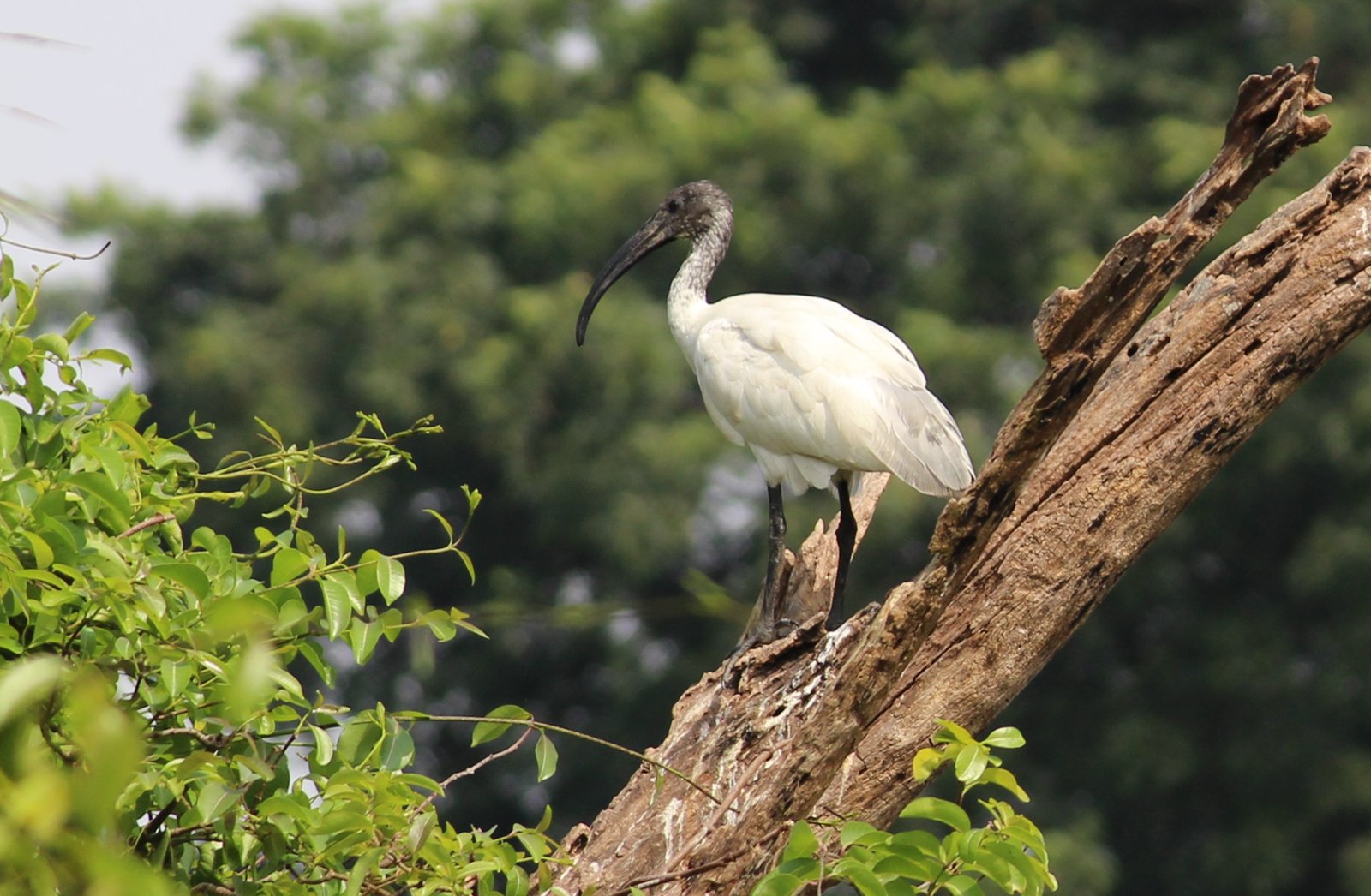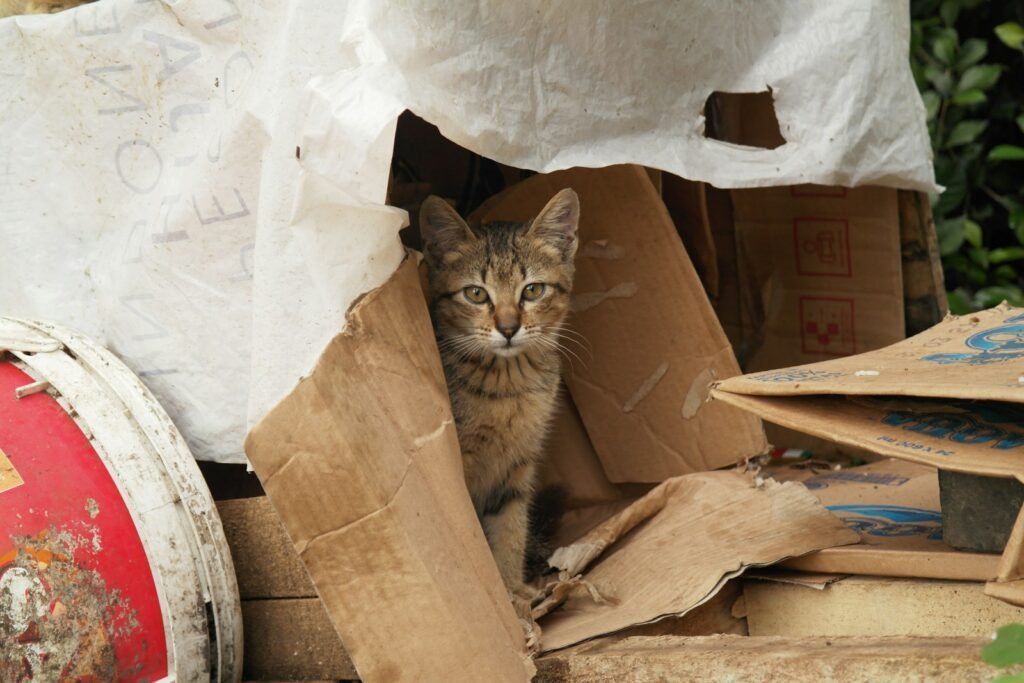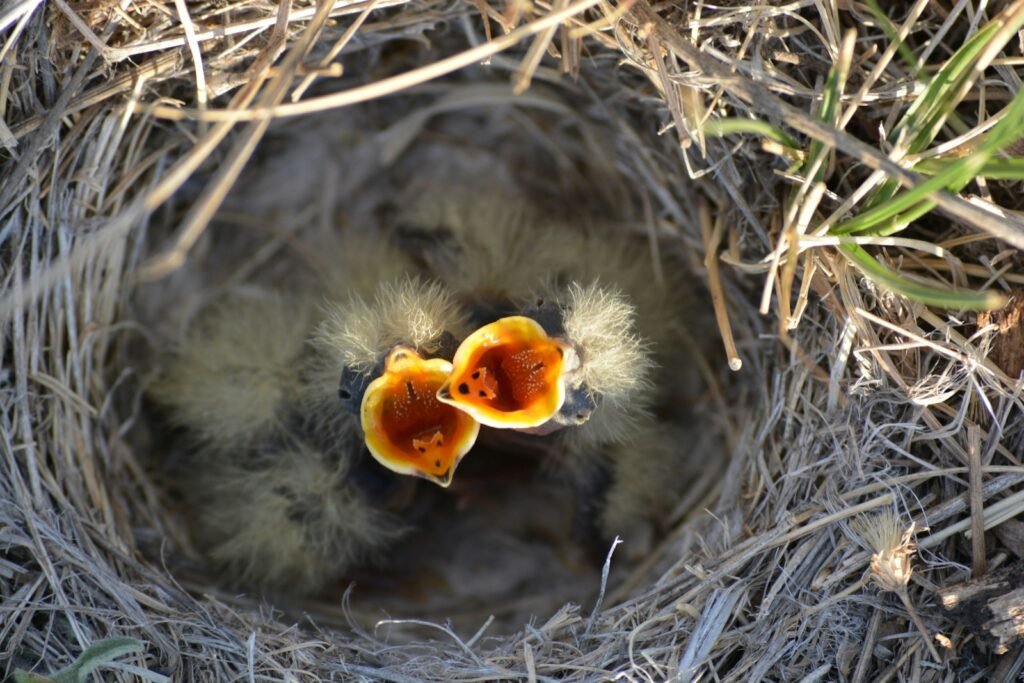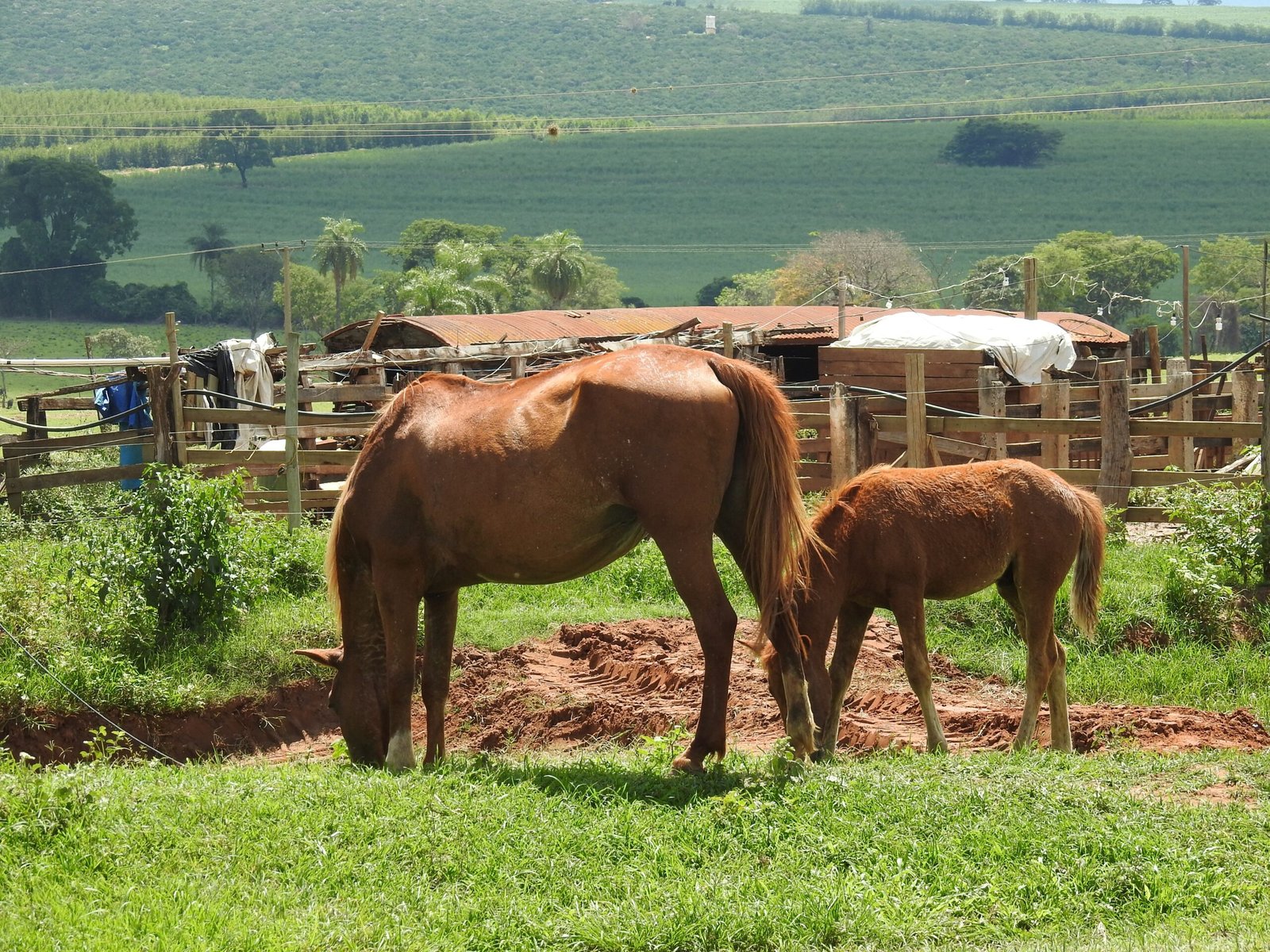Abandonment. The word alone stirs up powerful emotions—heartbreak, disbelief, even anger. Imagine stumbling upon a nest of tiny, helpless chicks or a den of newborn mammals, only to realize their mother has vanished, nowhere in sight. It’s a scene that tugs at the heartstrings and prompts an age-old question: Why would any parent walk away from their young? As strange as it sounds, in the wild, the act of abandoning offspring is not always an act of cruelty or neglect. Instead, it’s a complex survival strategy woven into the very fabric of nature, shaped by countless generations of evolution and adaptation. Exploring the reasons behind animal abandonment reveals a world that is far more intricate—and at times, even more shocking—than we might expect.
The Harsh Realities of Survival

In the wild, survival is a relentless contest, and resources are rarely abundant. For many animal parents, tough choices are not just routine—they’re essential. Sometimes, the cost of caring for every offspring is simply too high. If food is scarce or predators are lurking nearby, abandoning a litter or brood might be the only way for a parent to conserve energy and increase their own chances of survival. It’s a harsh reality, but it ensures that at least some of the family—often the strongest or healthiest—have a better shot at making it to adulthood.
Resource Scarcity and Tough Decisions
Resource scarcity can be a brutal force. When food, water, or shelter is in short supply, animal parents may assess which of their young are most likely to survive. This can lead to a heart-wrenching decision to abandon the weakest, sickest, or smallest offspring. In birds like sparrows, for example, parents may throw out chicks that show signs of illness or are not growing as quickly as their siblings. It’s a pragmatic, if unsettling, way of prioritizing the survival of the fittest over the most vulnerable.
Predator Pressure and Safety Risks
Predators pose a constant threat to both adult animals and their young. Sometimes, a parent may abandon its offspring if remaining nearby would draw unwanted attention from hungry hunters. For example, ground-nesting birds like plovers may lead predators away from their nests by pretending to be injured, sometimes never returning if the risk remains too high. The safety gamble is clear: sacrificing a few may save the many, or at least the parent’s own life for future breeding attempts.
Energy Conservation: The Cost of Parental Care
Raising young requires an enormous amount of energy. In some species, the physical toll of feeding and protecting offspring can push parents to their limits. If an animal senses it cannot provide for all of its young—perhaps due to illness, injury, or simple exhaustion—it may abandon some or all of them. This self-preservation instinct ensures the parent survives long enough to reproduce again, increasing the species’ long-term chances of survival.
Detecting Illness or Weakness
Animals have an uncanny ability to detect illness or weakness in their offspring. A mother rabbit, for instance, might abandon a kit that smells “off” or acts lethargic, sensing that it’s unlikely to survive. This seemingly cold behavior is actually a form of natural selection at work, preventing the spread of disease and conserving resources for healthier siblings. The wild is unforgiving, and animals rely on subtle cues to make decisions that seem callous but are rooted in survival.
Accidental Abandonment and Human Interference

Sometimes, abandonment is not a matter of choice at all. Human interference can play a tragic role. Well-meaning people may inadvertently cause a parent to flee by getting too close to nests or dens. In other cases, loud noises, habitat destruction, or domestic pets can scare off adult animals, leaving the young vulnerable and alone. These accidental separations highlight the delicate balance between wildlife and human activity.
Brood Parasitism: Outsourcing Parenting

Some animals have evolved even stranger strategies. Brood parasites, like the infamous cuckoo bird, lay their eggs in the nests of other species. The unsuspecting host parents raise the intruder’s chicks, often at the expense of their own. When the imposter chick hatches, it may push the host’s young out of the nest, or outcompete them for food. This forced abandonment is a cunning evolutionary tactic that shifts the burden of parenting onto others.
Reproductive Strategies: Quantity Over Quality
For certain species, the sheer number of offspring is the strategy. Fish, amphibians, and insects may lay hundreds or even thousands of eggs at once, knowing that only a tiny fraction will survive. Abandoning the young is built into their life cycle—there’s simply no way to care for so many. By producing large numbers, these animals hedge their bets, ensuring that at least a few will survive against the odds.
Environmental Stress and Unpredictable Events
Sudden changes in the environment—such as droughts, floods, or wildfires—can force animals to make split-second decisions. If conditions deteriorate rapidly, parents may be compelled to abandon their young to seek safety or better resources elsewhere. In these cases, the choice is not personal but a response to forces beyond any animal’s control. It’s a stark reminder of how vulnerable wildlife can be to the whims of nature.
Seasonal Pressures and Timed Abandonment
For migratory species, the calendar can be a ticking clock. Some birds, for example, must leave their breeding grounds by a certain date to make the long journey south. If chicks are too slow to develop, parents may be forced to leave them behind rather than risk the entire flock’s survival. It’s a gut-wrenching example of how the rhythms of nature sometimes demand impossible choices.
Learning Through Abandonment
Surprisingly, some young animals are “abandoned” as a way to encourage independence. Certain mammals, like bears, will gradually distance themselves from their offspring, forcing them to fend for themselves. This tough love helps the young develop essential survival skills, such as hunting, foraging, and avoiding predators. Although it may look like abandonment, it’s actually part of the animal’s education.
Social Structure and Parenting Roles
In complex animal societies, not all adults are responsible for raising the young. In some bird and mammal species, only dominant individuals breed, while others assist or do not participate at all. If subordinate animals produce offspring, these may be abandoned or even killed to maintain social order. African wild dogs and meerkats are classic examples, where strict hierarchy determines who gets to parent.
First-Time Parent Mistakes

Just like humans, young or inexperienced animal parents can make mistakes. First-time mothers may accidentally abandon their young out of confusion, stress, or lack of instinct. For instance, inexperienced songbirds might build nests in exposed areas, then panic and flee when threatened, leaving eggs or chicks behind. Over time, natural selection weeds out the least capable, but early failures are surprisingly common.
Infanticide and Forced Abandonment
Some abandonment is far more dramatic and brutal. In certain species, rival males may kill existing offspring to bring the female back into breeding condition. This act, known as infanticide, forces the mother to abandon her current young and start anew with the dominant male’s genes. Lions and some primates are notorious for this behavior, which, though shocking, plays a key role in the cycle of life and dominance.
Hormonal Influences on Parental Behavior
Parental instincts are deeply tied to hormones. Changes in hormone levels—triggered by stress, environment, or birth complications—can disrupt the drive to care for young. In some rodents, if the hormonal bond between mother and offspring is weak or interrupted, abandonment becomes more likely. Scientists are still unraveling the full complexity of these chemical signals and how they influence animal behavior.
Genetic Predisposition and Evolutionary Roots
Some animals are simply wired to abandon their young under certain conditions. Genetics plays a silent, powerful role, shaping which behaviors are passed down through generations. If a particular strategy—such as abandoning weak offspring—leads to greater reproductive success, it becomes more common in the population over time. In this way, abandonment is not just an accident or a tragedy, but a finely tuned product of evolution.
Human Misunderstandings and Myths
People often misinterpret animal behavior through the lens of human emotion. Finding unattended baby animals, we may assume they’ve been abandoned, when in fact their parents are nearby, watching closely or foraging for food. Intervening in these situations can do more harm than good. Understanding the true nature of animal parenting helps us avoid causing unintended consequences and fosters a deeper respect for wildlife.
Species-Specific Strategies: From Frogs to Foxes
Different species have developed wildly different approaches to parenting. While elephants and orangutans are famously attentive mothers, others, like sea turtles, lay their eggs on a beach and never look back. Foxes, on the other hand, may move their young multiple times to avoid predators, sometimes abandoning weaker pups along the way. The diversity of strategies shows that there’s no single “right” way to be a parent in the animal kingdom.
The Cost—and Wisdom—of Letting Go
Abandonment, as brutal as it may seem, is often a calculated decision in the wild. It’s a balancing act between the needs of the parent, the demands of the environment, and the relentless pressure of survival. While it can appear heartless, it is deeply rooted in the logic of nature—a logic that sometimes values the future over the present, the strong over the weak, and the species over the individual. The next time you witness a story of animal abandonment, consider the hidden wisdom behind it, and ask yourself: what would you do, if survival was at stake?




